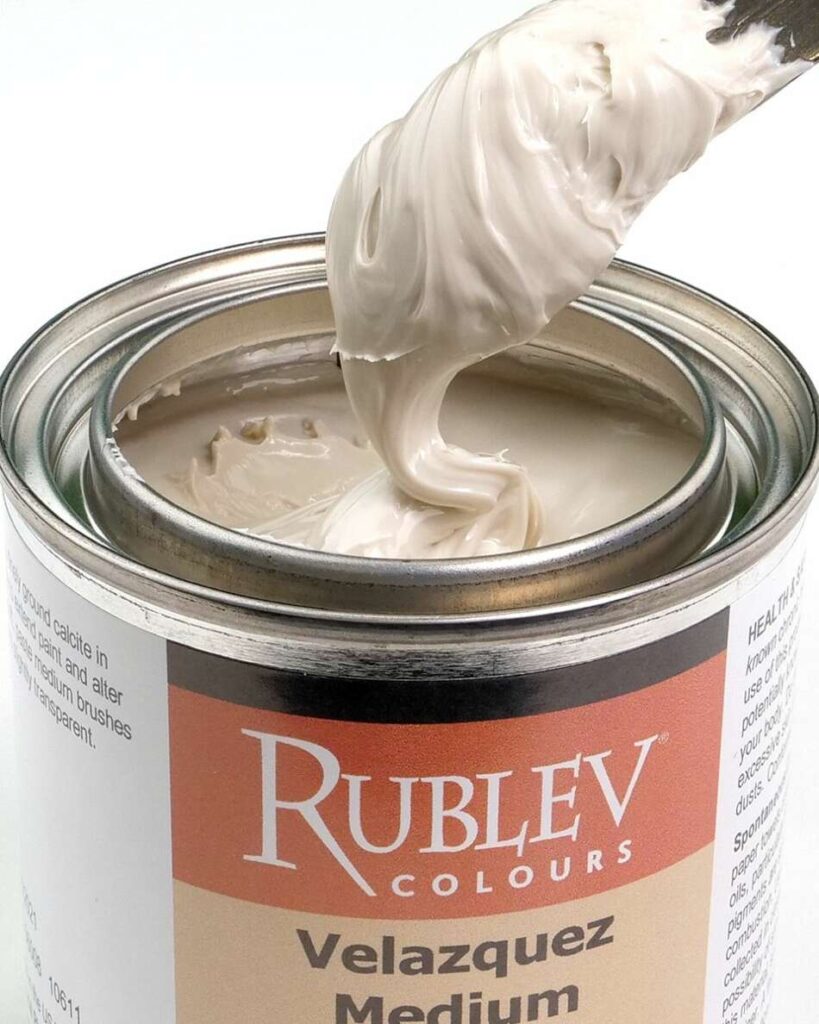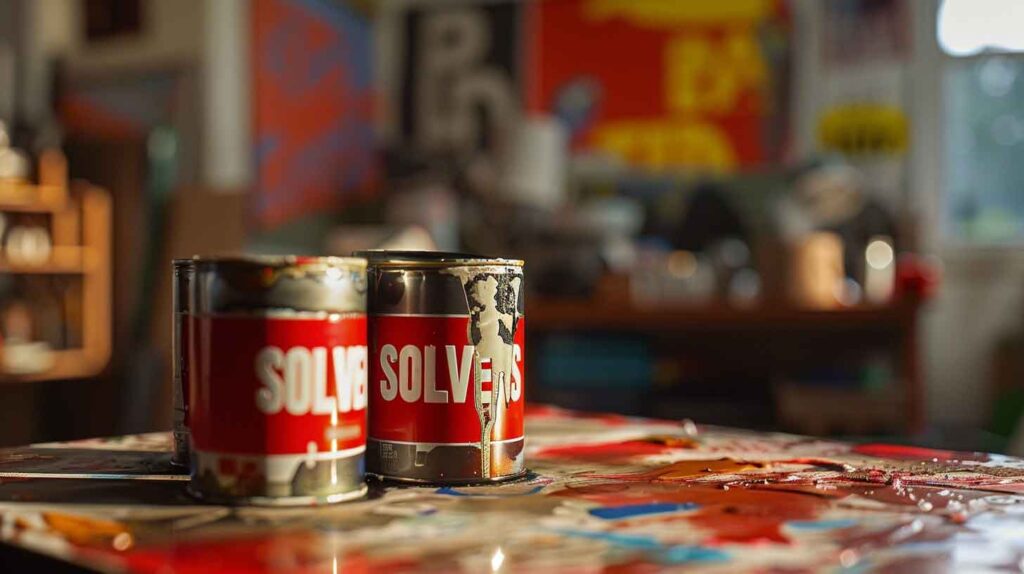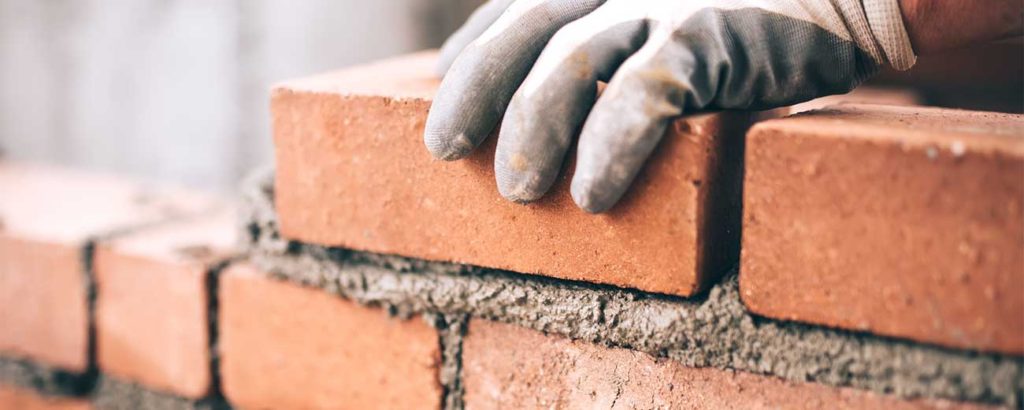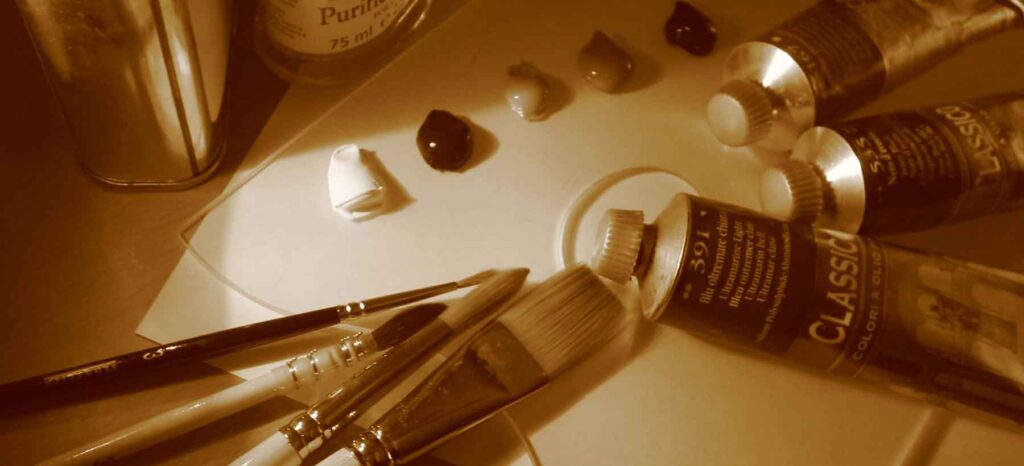
Mastering Impasto Mediums: Techniques for Oil Painting
Impasto mediums for oil painting consist of oil, sometimes resin, and an extender pigment. Extender pigments are white inorganic minerals that essentially become transparent when added to oil paint.
Impasto mediums, or paste mediums, are ideal for thickening oil paints. One benefit of using impasto mediums is that they dry evenly without cracking or wrinkling.
Most artists do not know that paste mediums are also the best for glazing. They do not increase the drying time of oil paint, as do most glazing mediums or oil. Because they contain extender pigments, they do not increase the ‘fat’ of the oil paint layer.
Oil makes a slow-drying paint consisting of pigments in a drying oil, commonly linseed oil. The viscosity of the paint may be modified by adding a solvent, such as turpentine or mineral spirits (white spirits), and alkyd to increase the glossiness of the dried film.
What is the appearance of impasto mediums when dried?
Impasto mediums dry to a satin or matte sheen like most oil paint when used in recommended amounts.
What is the recommended ratio of oil paint to impasto medium that can be used safely?
Impasto mediums have a high pigment load, so apply them to your painting the same way you would oil colors. Since they are both essentially oil paints without driers, solvents, and resins, no reasonable maximum amount of paste mediums can be used. However, because they are essentially colorless, as the oil yellows and darkens, they should not be used alone, and depending upon the color mixed with them, a sufficient amount of oil color must be added.
Can impasto mediums be used for other than impastos?
Paste mediums are excellent for reducing whites’ and colors’ opacity and lowering their tinting strength. Their simple ingredients and high solids content make them sound like a general amendment to any oil paint and are compatible with all paints and mediums.
Can impasto mediums be used in the upper layers?
Yes, they can be used in any painting layer, including the upper layers of your painting, because paste mediums have a low oil content.
Due to their extender pigment content, paste mediums can be liberally added to oil paint and are considered ‘lean’ for the fat-over-lean rule.
Frequently Asked Questions (FAQ)
What are the different types of oil mediums?
Oil mediums are substances mixed with oil paints to modify their consistency, drying time, and finish. The main types of oil mediums include:
- Linseed Oil: Linseed oil is the most commonly used oil that increases flow and glossiness and provides the greatest film strength.
- Walnut Oil: Similar to linseed oil, it provides a less yellowing effect and has a longer drying time.
- Poppy Seed Oil: Ideal for whites and blues as it is less prone to yellowing compared to linseed oil.
- Safflower Oil: This oil is used similarly to poppy seed oil for its less yellowing properties.
- Alkyd Resins: Synthetic mediums that speed up drying time while enhancing the paint’s gloss and transparency.
What can I use as an oil medium?
As an oil medium, you can use natural oils (like linseed or walnut oil), alkyd resins, or commercially prepared mediums that may combine these oils with solvents and resins to provide specific properties such as faster drying times, increased gloss, or improved texture.
What are alkyd mediums?
Alkyd mediums are synthetic resins used in oil painting to modify the consistency and drying time of oil paints. Alkyds are made by modifying polyester resins with fatty acids derived from oils, resulting in a medium that dries faster than traditional oils. Alkyd mediums increase glossiness and transparency, making them ideal for glazing techniques.
What is the difference between impasto mediums and modeling pastes
Impasto medium and modeling paste both modify the texture of paint, but they serve different purposes:
- Impasto Mediums: Typically made with oil and extender pigment, impasto mediums retain the characteristics of oil paint, thickening it without losing its texture and vibrancy. It is used to create thick, expressive brushstrokes and texture in oil paintings.
- Modeling Pastes: A water-based medium primarily used with acrylic paints, modeling paste dries to a rigid, opaque white that can be carved, sanded, or built upon. It is more about creating high reliefs and textures rather than enhancing the paint’s inherent qualities.
What is the best medium for impasto painting?
The best medium for impasto painting depends on the desired effect and the type of paint used. For oil paints, a thick impasto medium that retains the color intensity and allows for heavy texture buildup without cracking is ideal. Alkyd-based mediums can be beneficial for their quick-drying properties and ability to hold form. For acrylics, a heavy gel medium or modeling paste might be preferred for achieving high peaks and sculptural effects.
Source
Creating Impastos in Oil Paintings
The Best Mediums for Impasto and Glazing are Paste Mediums. Here’s Why.







Responses